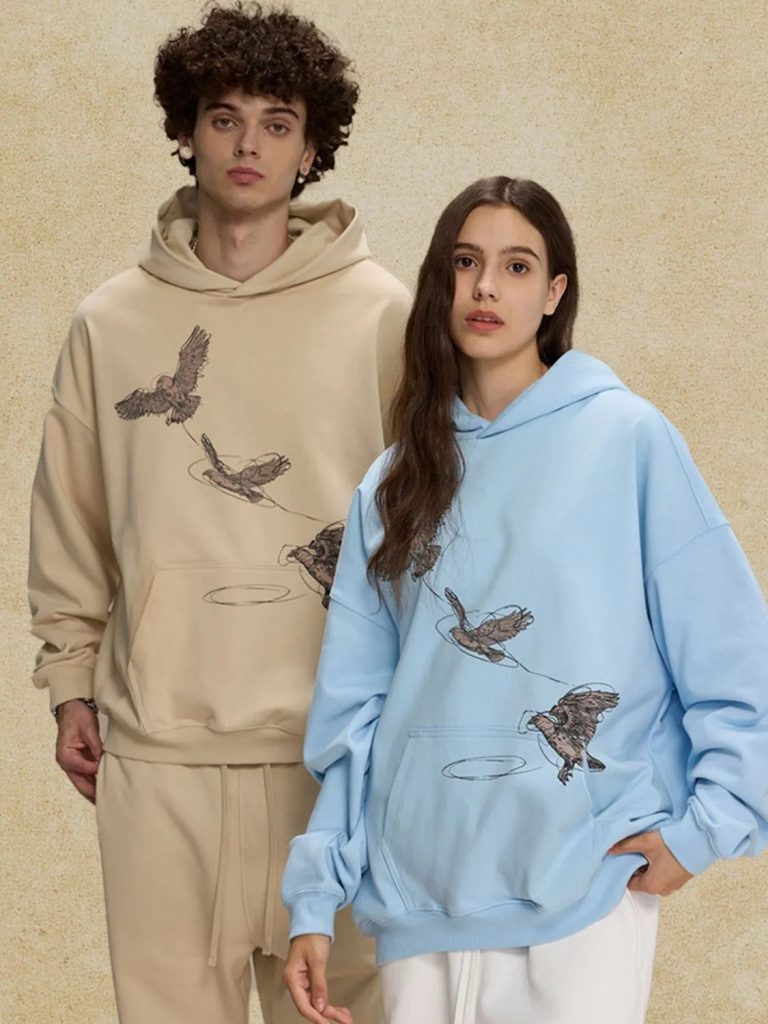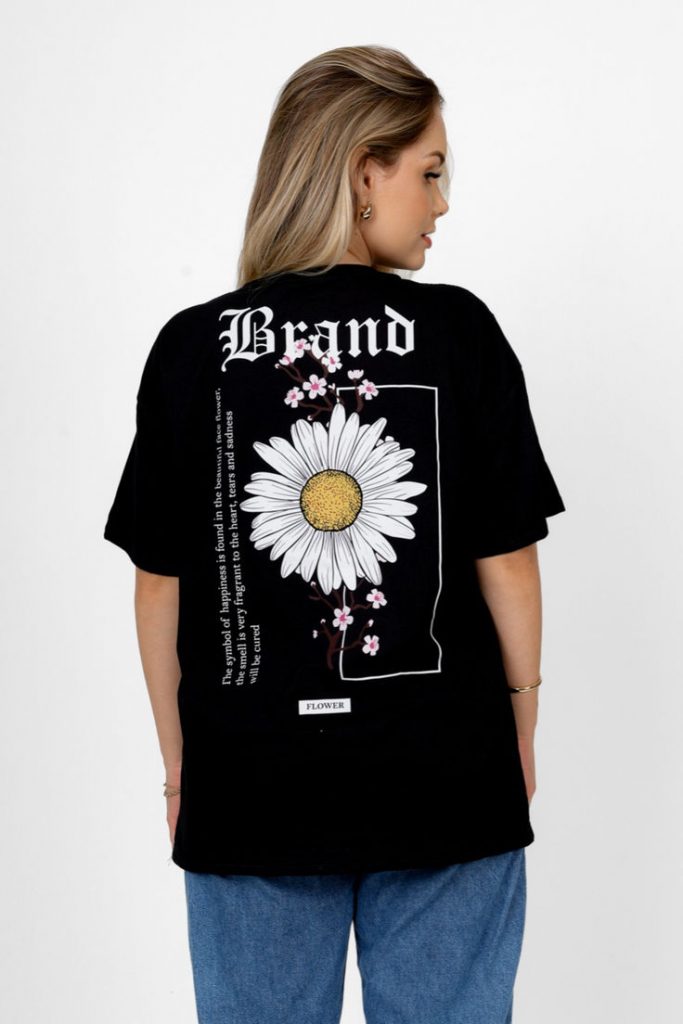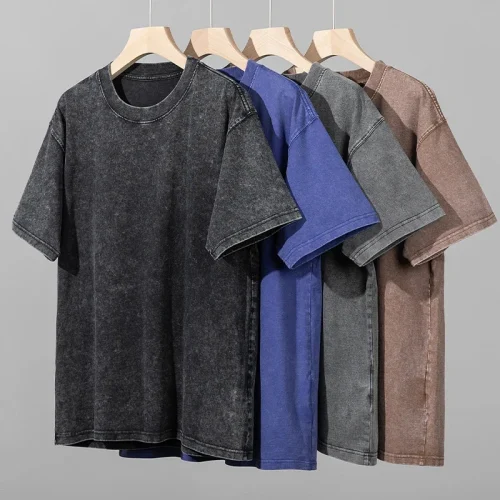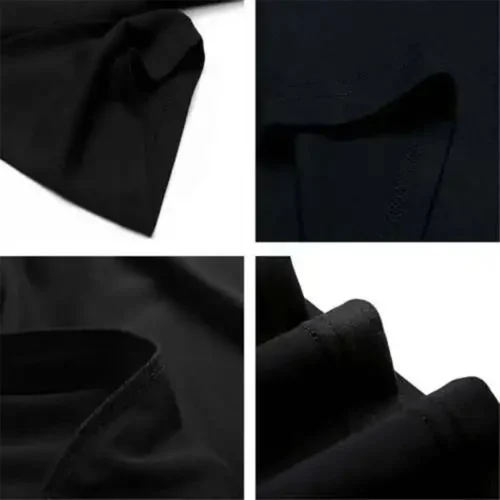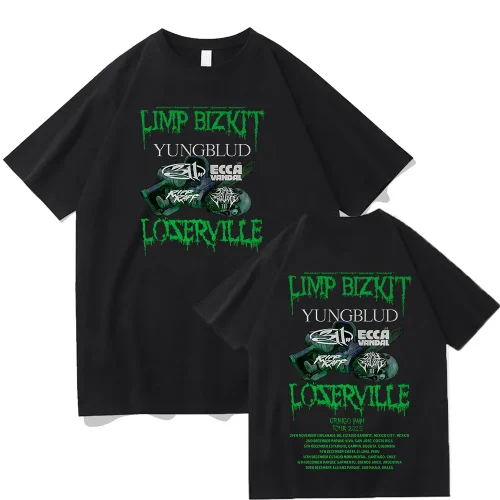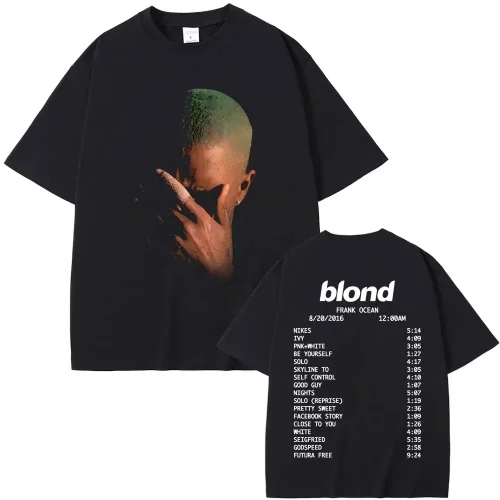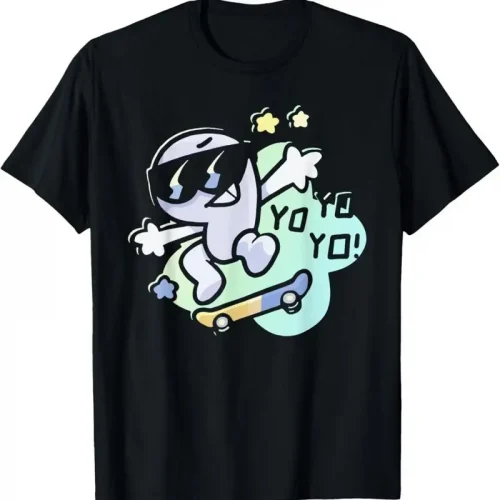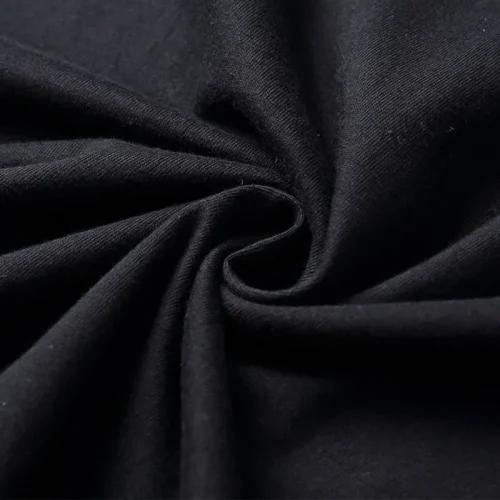Introduction: Where Ethics Meet Aesthetics
Fashion has entered an age where style and sustainability no longer stand apart. “Eco Meets Elegance” isn’t just a slogan—it’s the heart of a movement redefining what true beauty means in the modern world. Today’s fashion houses and emerging designers are reimagining luxury through a conscious lens, where craftsmanship honors both creativity and the planet.
Elegance is no longer measured by excess but by intention. Each garment becomes a symbol of responsibility, each silhouette an expression of refined awareness. The fusion of eco and elegance introduces a fresh narrative: one that values quality over quantity, timeless design over fleeting trends, and mindful creation over mass consumption.
The Evolution of Sustainable Fashion
In the past, “green fashion” was viewed as an alternative—a niche concept for the few. Now, it has become the foundation for forward-thinking brands worldwide. Sustainability has transformed from a marketing term into a design principle that guides how fabrics are sourced, produced, and celebrated.
Innovative materials like organic cotton, hemp, bamboo silk, and recycled polyester are setting new standards for comfort and durability. Eco-friendly dyeing processes minimize water waste and pollution, while regenerative fibers such as Tencel and ECONYL redefine luxury from within. The industry is discovering that ethical choices don’t dilute style—they enrich it.
This shift is not only changing what we wear but how we feel about wearing it. The modern consumer seeks connection: to the maker, to the material, and to the message. Every stitch tells a story of care, creativity, and consciousness.
Craftsmanship with a Conscience
Behind every sustainable collection lies a dedication to artistry. The fashion landscape is being revived by skilled artisans and designers who blend tradition with innovation. From handwoven textiles to eco-conscious tailoring, the return to craftsmanship highlights a truth the industry nearly forgot—perfection lies in authenticity, not uniformity.
By embracing slow production cycles, brands are giving designers time to focus on detail and purpose. A handmade coat, crafted from recycled wool and stitched with precision, carries not only the warmth of material but also the integrity of its creation. This mindful craftsmanship becomes the new definition of elegance: intentional, ethical, and enduring.
The New Language of Luxury
Luxury is no longer about rarity alone—it’s about responsibility. The modern definition of opulence embraces awareness, transparency, and traceability. Consumers now expect to know where their clothing comes from, who made it, and how it impacts the world.
Brands that prioritize circularity—where clothing is designed for reuse, repair, or recycling—are setting the standard for future fashion. Limited-edition pieces made from reclaimed fabrics hold more meaning than mass-produced collections. Elegance finds its strength in story, not in scale.
This transformation represents a new language of luxury—quiet yet powerful, graceful yet grounded. True sophistication now lies in owning less but valuing more, in choosing designs that speak not only to your style but also to your spirit.
Style as an Expression of Purpose
Sustainable fashion is more than a trend—it’s a reflection of identity. The way we dress mirrors how we think and what we stand for. Choosing ethically produced garments is not merely a purchase; it’s an act of self-expression.
Minimalist silhouettes speak of clarity and calm. Bold, upcycled prints reflect creativity and rebellion. Together, they form a wardrobe that resonates with individuality and integrity. Sustainable fashion empowers people to align their outer style with their inner values, turning clothing into a form of personal storytelling.
When eco meets elegance, the act of dressing becomes deeper—a daily declaration that beauty and responsibility can walk hand in hand.
Fashion for the Future
As innovation and ethics intertwine, the future of fashion glows with possibility. Biotechnology is developing biodegradable fabrics; digital design reduces waste before production even begins. Artificial intelligence helps brands forecast demand more accurately, minimizing overproduction.
Education also plays a crucial role—consumers are learning how to care for garments properly, extend their lifespan, and embrace second-hand or rental fashion. This collective shift toward awareness marks a pivotal moment for the industry: one where sustainability becomes not an option but an expectation.
The next generation of designers and wearers will inherit a redefined fashion world—one built on empathy, innovation, and enduring grace.
Conclusion: Where Beauty Finds Balance
“Eco Meets Elegance” isn’t simply about merging aesthetics with ethics—it’s about finding harmony between self-expression and stewardship. True style transcends fleeting trends; it endures through consciousness and care.
Every thoughtfully chosen fabric, every ethically crafted piece, contributes to a more beautiful world—inside and out. Elegance, when rooted in respect for nature and humanity, becomes timeless.
As we continue to reimagine the future of fashion, one truth remains: sustainability is not the end of elegance—it is its evolution. In the union of eco and elegance, we discover not just what we wear, but who we truly are.


